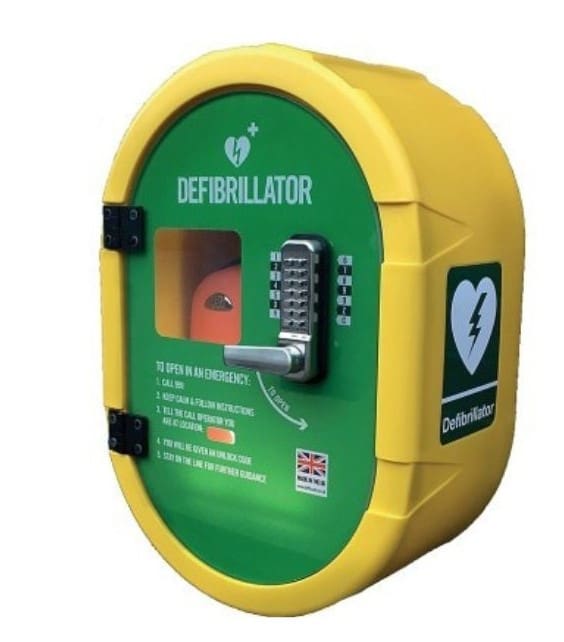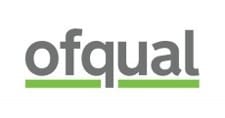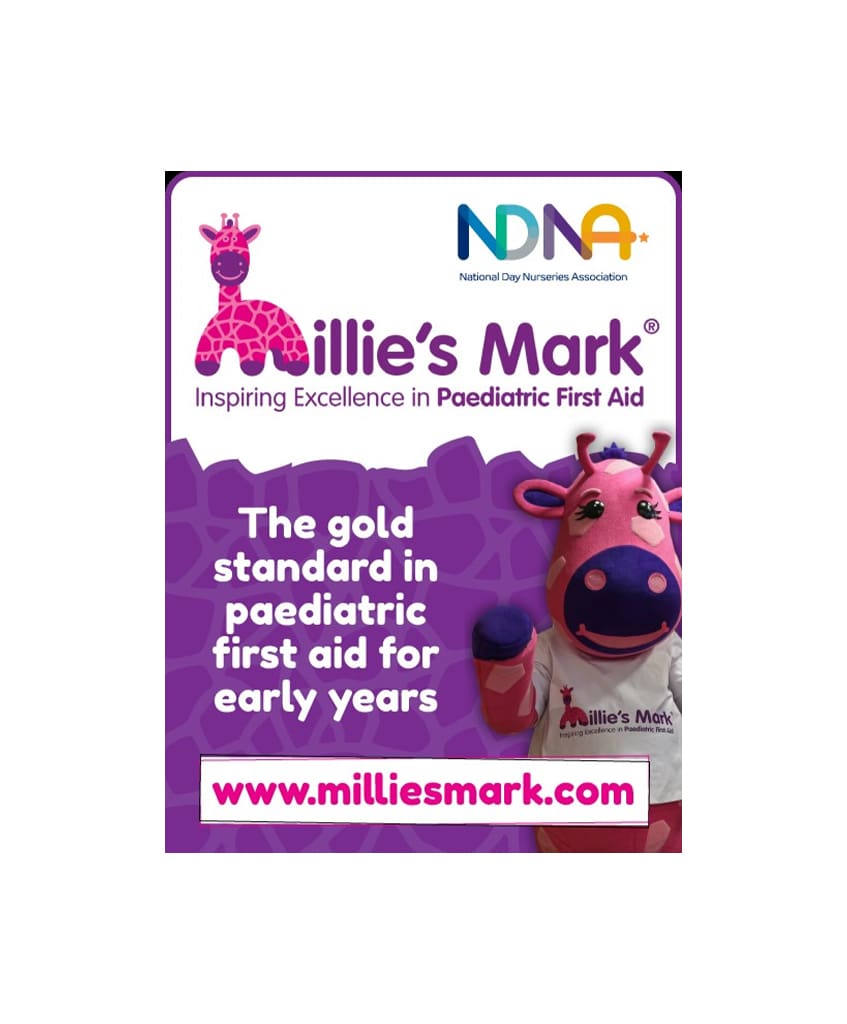Do AED Defibrillators replace CPR?
In the case of an emergency can a defibrillator save a life? Most people are vaguely familiar with the process to start cardiopulmonary resuscitation CPR, but do you know that the use of an automated external defibrillator (AED) can greatly improve a patient’s survival rate? Research has shown that using an AED in addition to starting CPR, within 3–5 minutes of collapse can produce survival rates as high as 50–70%. Each minute of delay to defibrillate reduces the probability of survival to hospital discharge by 10%. While CPR is essential to maintain blood flow through the heart, AED defibrillators are imperative for maintaining a natural heart rhythm that can help prevent not only death but brain damage as well.
What are defibrillators?
A defibrillator is a device that transmits an electric shock to the heart to restore a normal heartbeat. They are commonly used for arrhythmia or an uneven heartbeat that is too slow or too fast. If the heart suddenly stops, defibrillators can assist in getting it to beat again. There are many different kinds of defibrillators, but the automated external defibrillator (AED) is the one you most common and is used to save lives when people are experiencing cardiac arrest.
An AED is a type of computerised defibrillator that automatically evaluates the rhythm of the heart in people who are experiencing cardiac arrest. They are very easy to use and even an untrained member of the public will be able to use the device in an emergency.
Our main focus will be on AEDs and how important they are in saving lives.
How does an AED work?
An AED is a portable, lightweight and battery-operated device that checks the heart’s rhythm and sends a shock to the heart to restore normal rhythm. It works as follows:
- The user turns on the AED and follows the voice prompts. Some devices turn on automatically when the user opens the lid.
- The user attaches two sticky pads with sensors (called electrodes) on the chest of the person in cardiac arrest.
- The electrodes send information about the person’s heart rhythm to a mini-computer in the AED, which then analyses the rhythm to find out whether an electric shock is needed.
- If a defibrillation shock is required, the AED uses voice prompts to instruct the user when to press a button to deliver the shock. In some devices, the voice prompts announce that a shock is going to be delivered and the AED delivers the shock without intervention by the user.
Always remember that the quicker you realise there is an issue, get assistance on the way, start CPR, use a defibrillator and transfer the patient to medical care, the better the outcome.
Where will I find an AED?
You can find AEDs in many public places, including offices, schools, shopping malls, grocery stores, and airports. Emergency first responders are typically equipped with and trained to use AEDs, however they are very simple to use and any bystander can operate one. However, the ones found in public spaces are easy to use and have voice prompts to help people who are not trained to use them effectively.
If you need to find an AED some apps can now help you to locate your nearest AED, for example, HeartStart, Pulse Point AED and Good Sam.
Please be advised that AED’s in the public domain are kept in locked boxes and you must dial 999 or 112 to obtain the code.
How can I learn more about doing CPR and AED?
It is beneficial to be trained on CPR and how to use an AED so that if you need to shock someone’s heart to save their life you are already familiar with the procedure. If you or your organisation wants to learn First Aid you can contact Cross Counties Training to join any of our training courses:
Our classes are taught by highly experienced and knowledgeable instructors who will help you feel confident in your ability to administer first aid.
We believe that everyone should have access to this information, which is why we are offering our First Aid at Work training for 10% less during the month of November for businesses who book 6 clients or more. We hope that by teaching people how to respond to someone who is having a heart attack, we can help save lives.
If you would like to speak to us about how we could help with your training requirements, please call us on 01276 586943 or email us at admin@crosscountiestraining.co.uk for hassle-free bookings.








